Ferrari, an Italian luxury sports car manufacturer founded by Enzo Ferrari in 1947, has established its name as a representation of speed, luxury, and technical innovation in the automotive world. Despite the diverse range of Ferrari models available in the market today, it is the historic models that have denoted the brand's legacy over the years.
This study endeavors to intricately analyze and decode Ferrari's inherited automobile excellence by examining its most iconic and influential models that have shaped the legendary brand's journey till now.
Related Reading: 2023 Ferrari Stock Market Prices And Performance In The Last Decade
How We Chose The Most Historic Ferrari Models In History
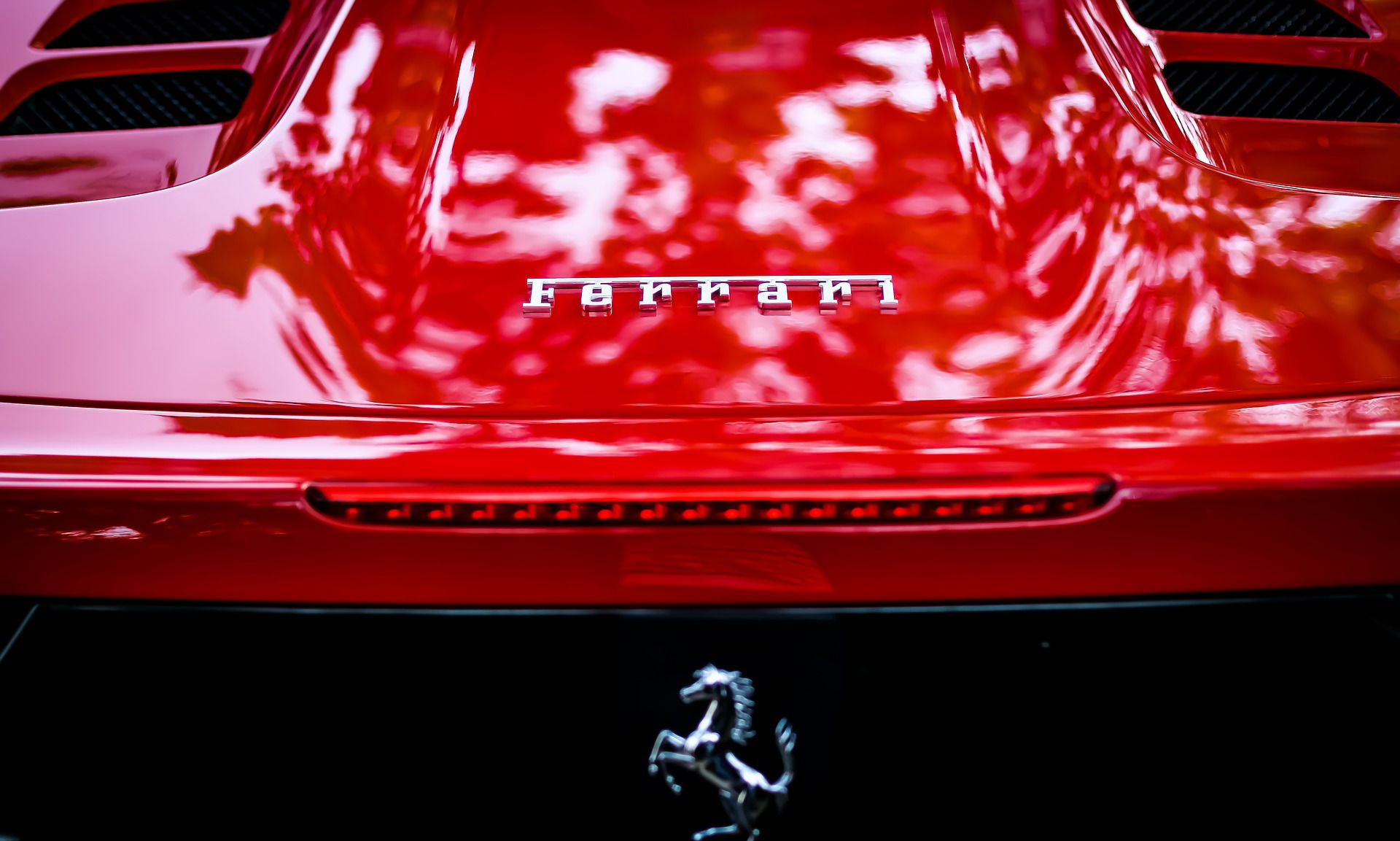
Our quest is primarily based on an extensive review of both primary and secondary sources including historic archives, exclusive interviews, automobile magazines, and scholarly articles.
We first compiled a list of significant Ferrari models beginning from the marque's birth to the start of the 21st century. The chosen models were then evaluated based on their technical innovation, impact on the brand's reputation and growth, and lasting influence on subsequent models and the automobile industry.
The Five Most Historical Ferrari Models
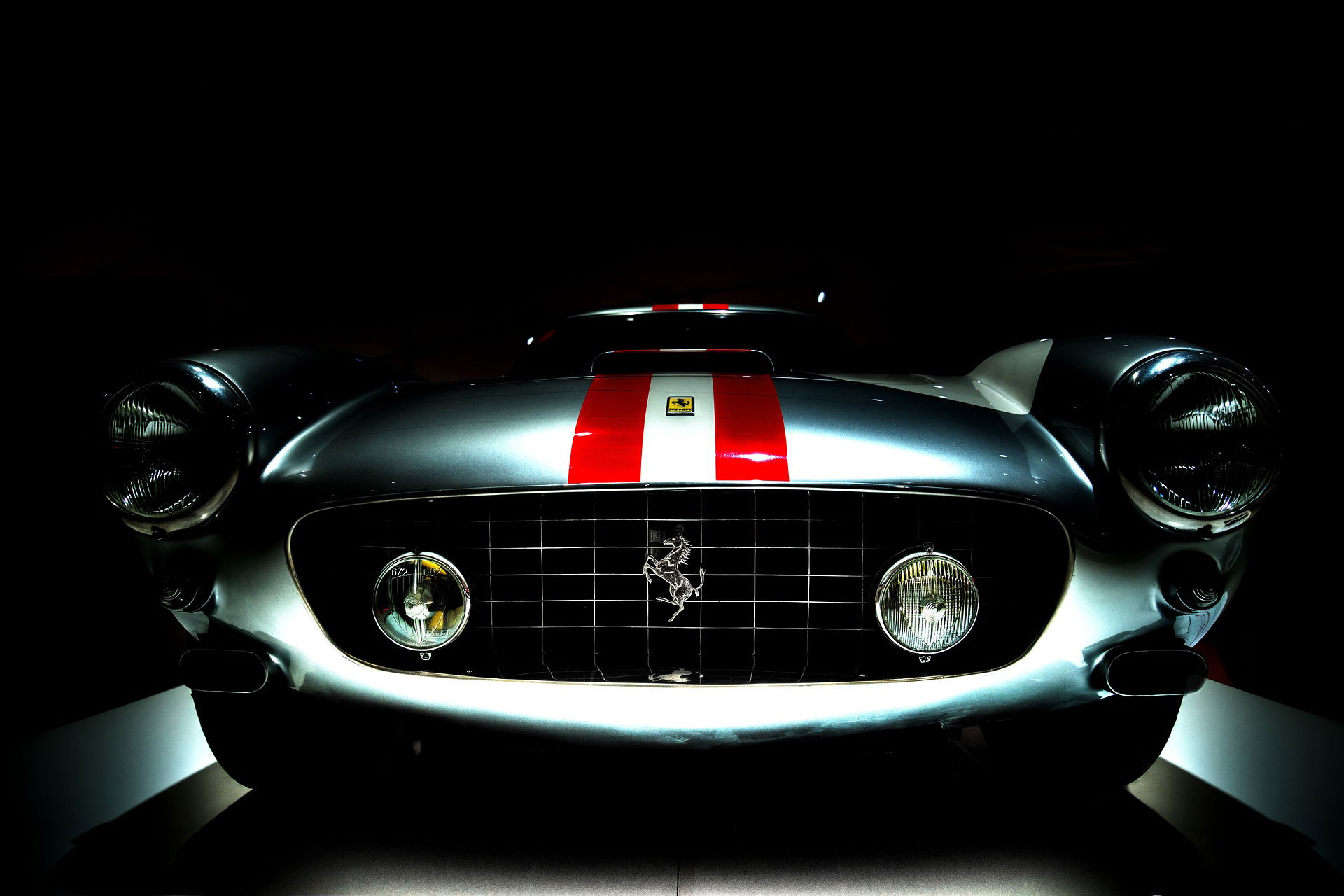
Following our comprehensive review and meticulous evaluation process, five historic Ferrari models were chosen that epitomize the illustrious Ferrari legacy.
1947 Ferrari 125 S:
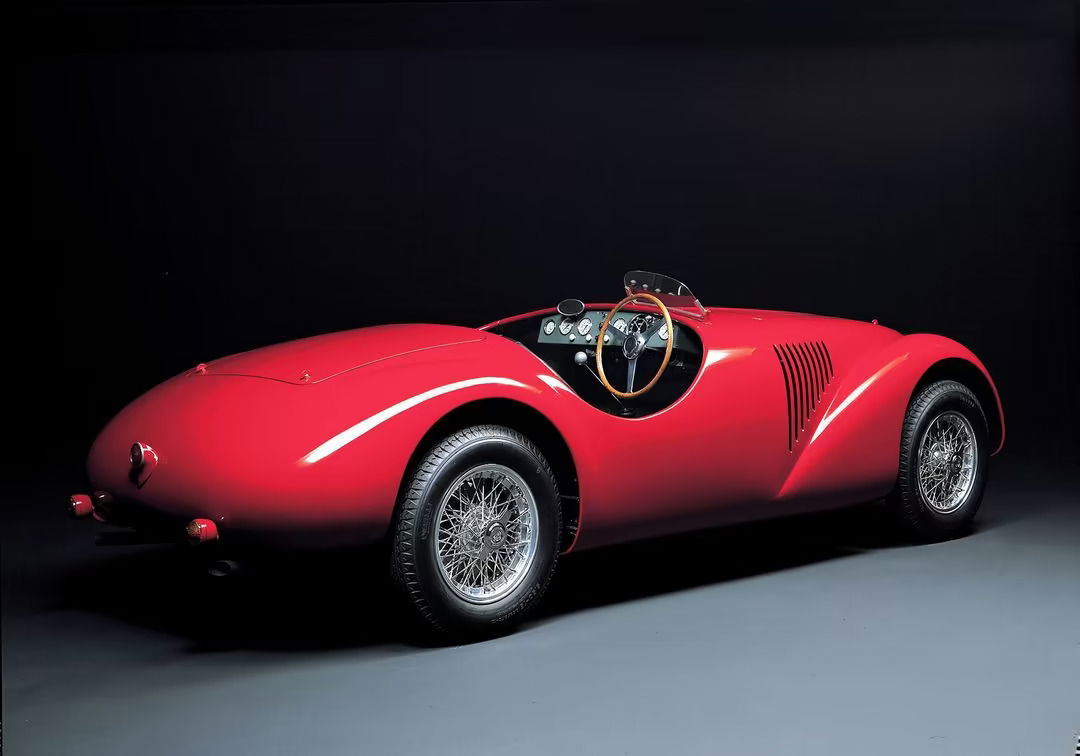
As the first-ever Ferrari model, the 1947 Ferrari 125 S holds a significant place in the brand's history. Despite its humble technical specifications of a 1.5-liter V12 engine producing 118 horsepower, it set the foundation for future Ferrari models. Notably, it notched two victories in its first six races, marking the commencement of Ferrari's racing legacy.
1962 Ferrari 250 GTO:
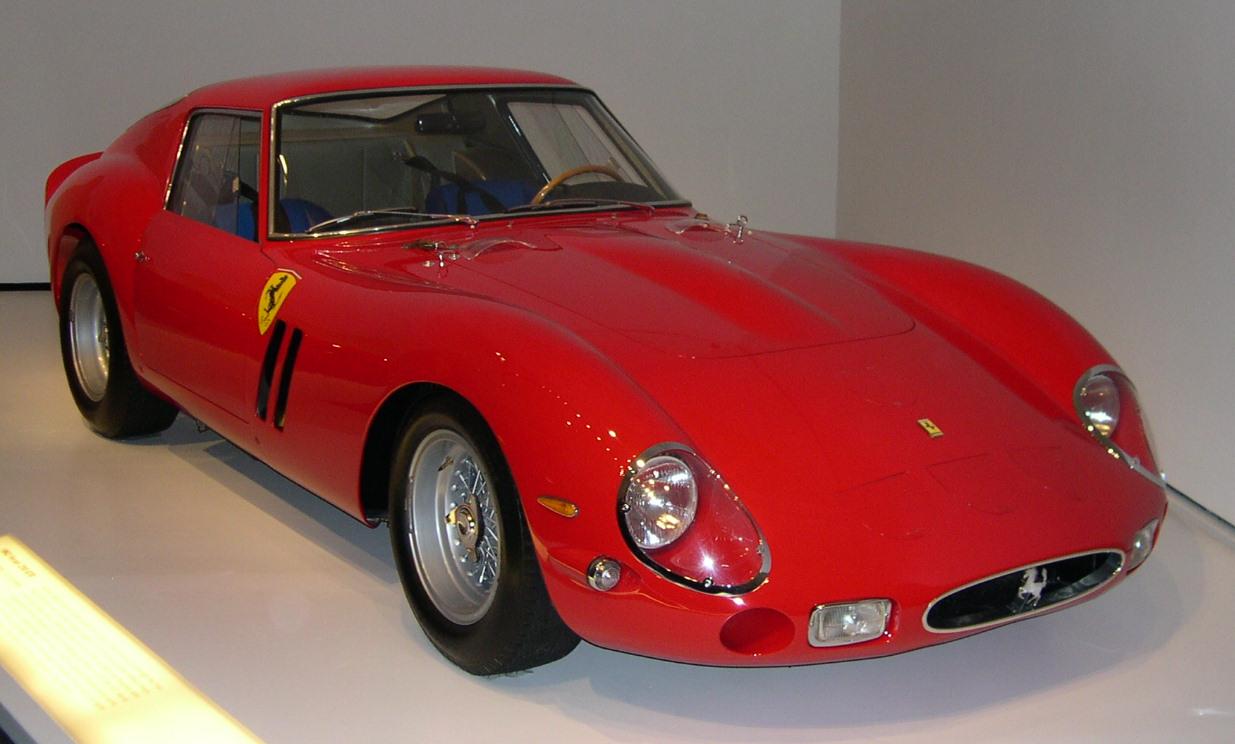
Arguably one of the most iconic Ferrari models, the 250 GTO was developed to contest in the FIA's Group 3 Grand Touring Car category. Only 39 units were manufactured, which adds to its exclusivity and astronomical value in the current market. Its perfect amalgamation of design aesthetics, strength, and performance - with a 3.0-liter V12 engine outputting 300 horsepower - has made it a timeless icon.
1984 Ferrari Testarossa:
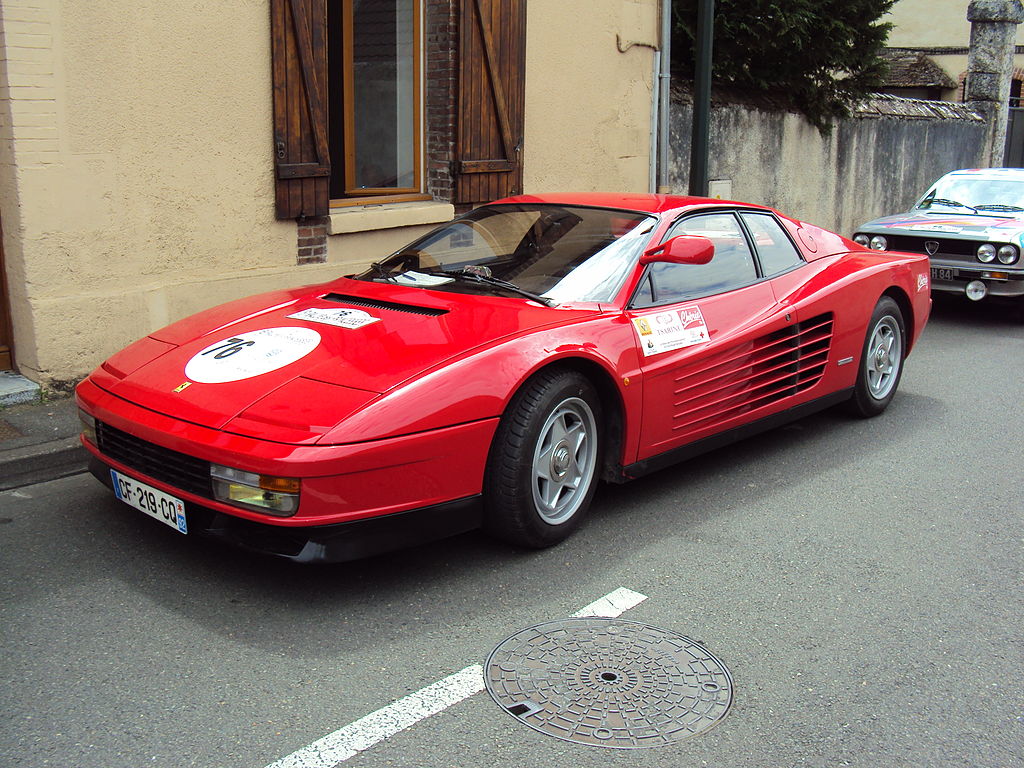
A paradigm of Ferrari's technical advancements in the 1980s, the Testarossa was distinct for its side strakes and wide rear track. Powered by a 4.9-liter flat-12 engine that yielded 385 horsepower, it was a performance powerhouse. It's unique and recognisable design, combined with its performance, led to its widespread popularity and prominent cultural impact.
1987 Ferrari F40:
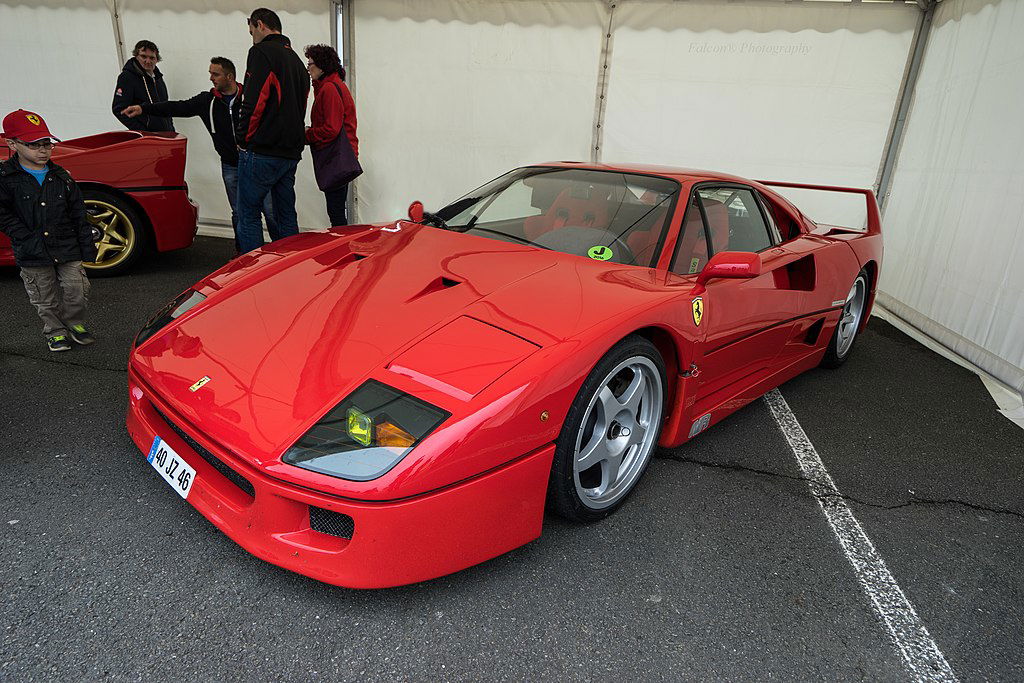
Built to celebrate the brand's 40th-anniversary, the F40 was a testament to Ferrari's extraordinary engineering prowess. It was the first production car to break the 200 mph speed barrier, thanks to its twin-turbocharged V8 engine producing 471 horsepower. The F40's raw performance and style have epitomized the brand's racing heritage and ingenuity.
1995 Ferrari F50:
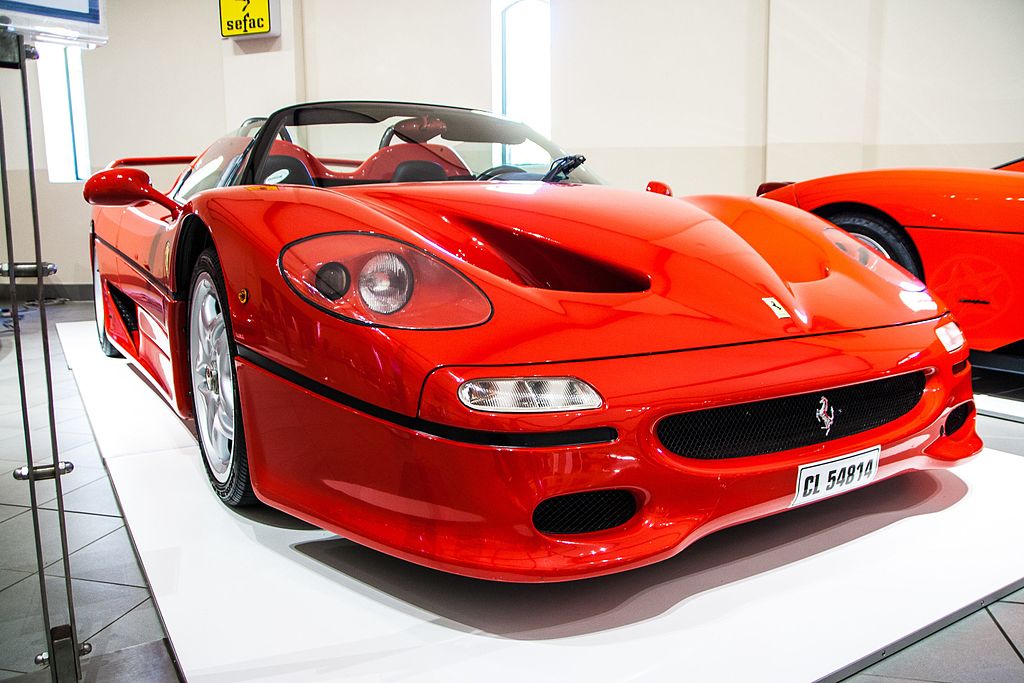
The F50 was Ferrari's ambitious endeavor to bring Formula 1 technology to a road car. Housing a 4.7-liter V12 engine generating 513 horsepower, it embodied the pinnacle of Ferrari's design and engineering capabilities of that era. This model represented a significant stride in the brand's consistent pursuit of innovation.
Related Reading: Driving the Dream: A Deep Dive into the 2018 Ferrari 488
A Closer Look At Ferrari's Historic Push To The Front Row Of Automotive Design And Engineering
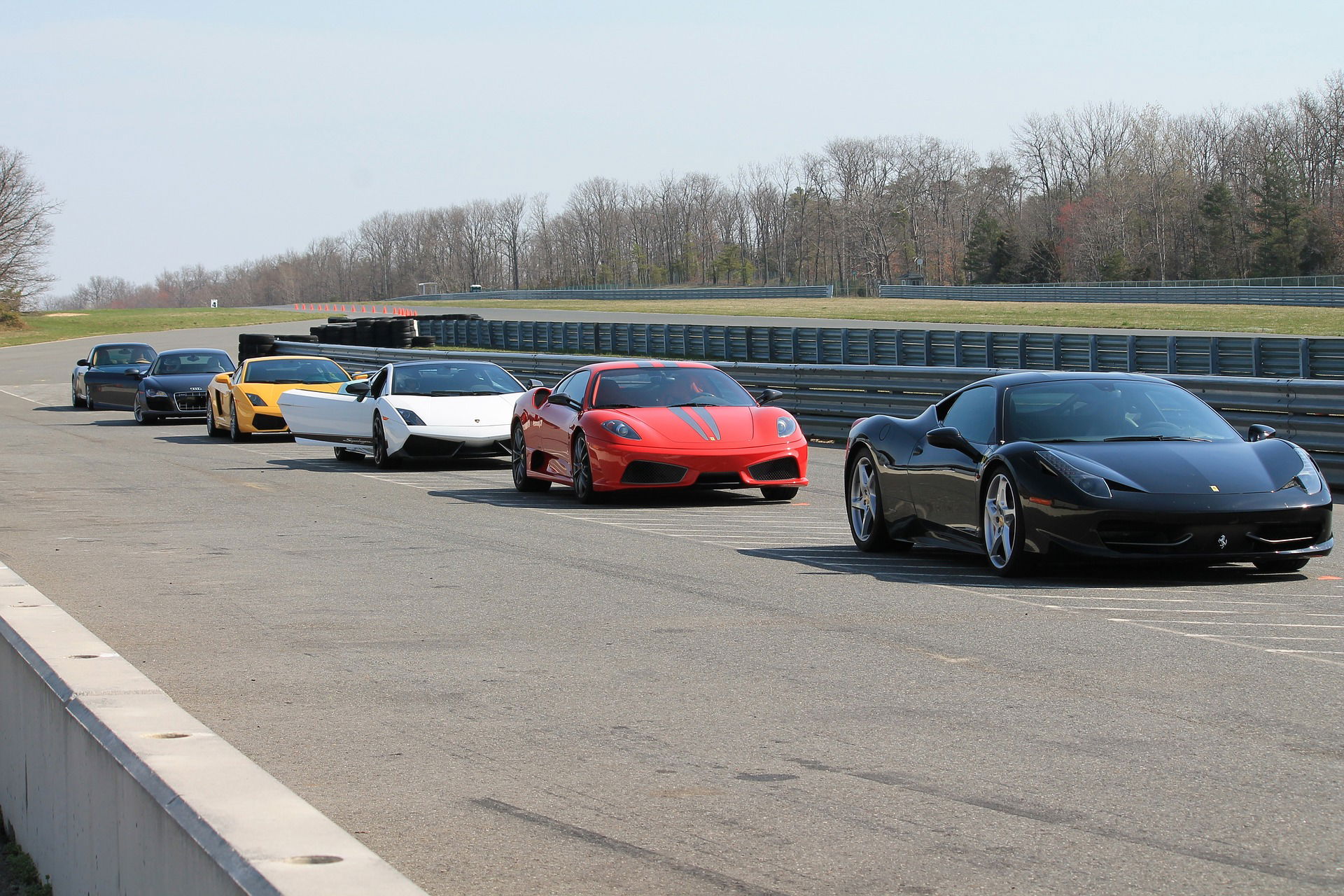
The results of this research underscore Ferrari's transformational journey, from its modest inception to a celebrated global brand. Each selected model holds an essential place in the annals of Ferrari's development as they showcase the brand's commitment to innovation, design aesthetism, and high performance.
The 125 S delineated the embryonic roots of Ferrari's renowned racing legacy. The 250 GTO strengthened this heritage, reflecting Ferrari's ceaseless quest to create exclusive, high-performance vehicles. The F40 and the F50 symbolize Ferrari's engineering prowess and innovative spirit that persist to this day in the brand's DNA. Lastly, the Testarossa underlines Ferrari's ability to integrate high performance, design aesthetics, and cultural significance into one automobile.
Undeniably, these historic models have paved the way for the present and future elegant machines rolling out of the Ferrari factory in Maranello. They embody Ferrari’s commitment to constant growth and development, continuously raising the bar in the automotive industry. Furthermore, the rich history of these models continues to influence the design and functionality of Ferrari's modern offerings.
Summarily, Ferrari's legacy is a tapestry of complex discussions about innovation, performance, aesthetics, and the unrelenting desire to push the bounds of feasibility. The brand's storied journey, signified by its historic models, continues to inspire and captivate Ferrari enthusiasts worldwide.
Despite some inevitable highs and lows, Ferrari's endurance and dedication to its craft have solidified its unparalleled status in the automobile industry. Undoubtedly, the company's emblematic "Prancing Horse" logo carries a legacy rich in passion, innovation, and racing success.